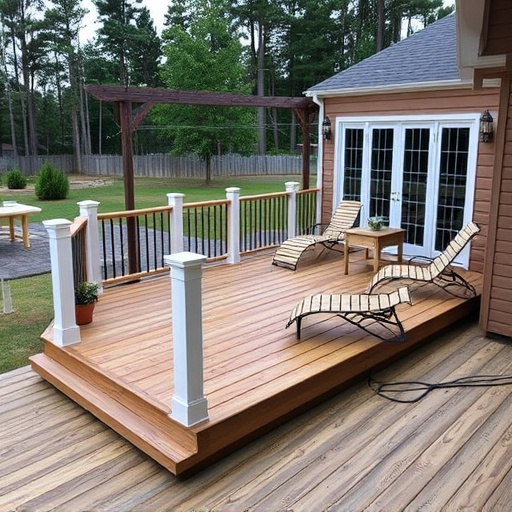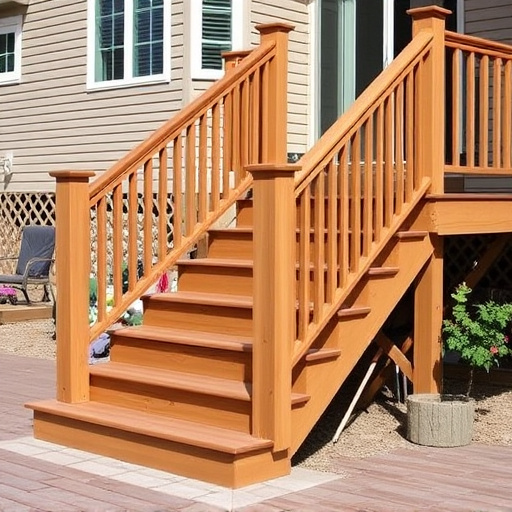Before building a deck, assess soil stability and expected weight loads, including fixtures. Choose a suitable deck foundation (concrete, piers) for heavy weights and local conditions, aligning with roofing/siding projects. Properly plan and install support structures to distribute weight evenly and ensure structural integrity for long-lasting decks under various weather conditions.
Planning a deck foundation for heavy loads is crucial for ensuring structural integrity and safety. Before construction begins, assess your load requirements and soil conditions to determine the best foundation type. Choose from concrete slabs, pier and beam, or floating foundations based on weight and ground stability. Design support structures with precision, considering span, joist spacing, and bearing capacity. Proper installation ensures your deck can withstand significant weight, providing a solid and secure base for years to come.
- Assess Load Requirements and Soil Conditions
- Choose Appropriate Foundation Type
- Design and Install Support Structures Properly
Assess Load Requirements and Soil Conditions
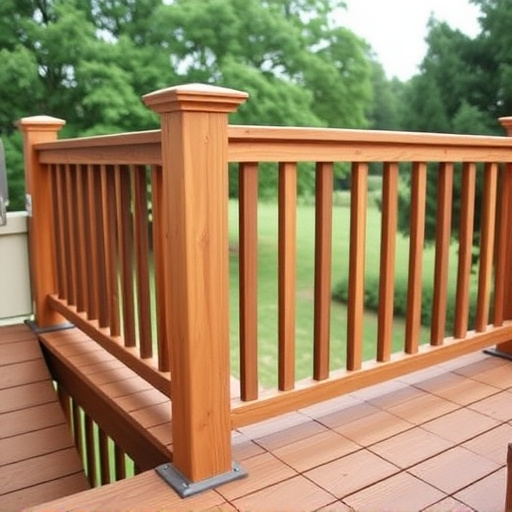
Before planning any deck foundation, it’s crucial to assess both the load requirements and the soil conditions. Decks that support heavy loads, such as those with large gatherings or additional features like hot tubs, need a solid structural base. Start by evaluating the anticipated weight of these loads; this includes not just the deck’s structure but also any fixtures, furniture, or equipment that will be placed on it. Additionally, consider factors like wind load and snow accumulation, which can significantly affect the required foundation strength.
Soil conditions play a critical role in determining your deck foundation type. Different soil types offer varying levels of support. For instance, compacted soil provides a more stable base than loose or sandy soil. It’s also essential to consider potential settlement issues, as certain soil types may shift over time under pressure. Consulting with a professional contractor can help you understand these nuances and ensure your deck foundation—whether concrete, piers, or other methods—is designed to withstand the specific load requirements and soil conditions of your residential property, complementing long-lasting roofing solutions and even siding replacement if needed.
Choose Appropriate Foundation Type
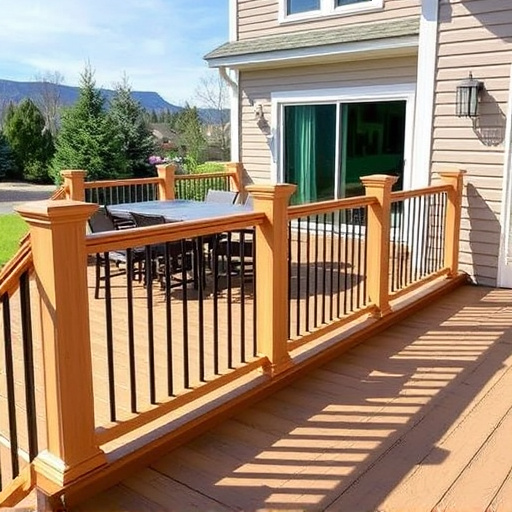
When planning a deck foundation for heavy loads, selecting the right type is paramount. The choice largely depends on factors like expected weight, local building codes, and structural requirements. For instance, a concrete slab foundation is ideal for heavy-load decks due to its strength and stability. This option is especially suitable when there’s a need to support significant weight, such as in the case of larger decks or those with added features like hot tubs.
Consideration should also be given to the deck’s location. If it’s near a roof replacement or siding installation area, ensure the foundation design allows for adequate clearance and structural integrity. Moreover, for regions experiencing varying weather conditions, including extreme temperatures and rainfall, choosing a suitable foundation type that can withstand such elements is crucial, complementing the overall roofing and siding work in your outdoor space.
Design and Install Support Structures Properly
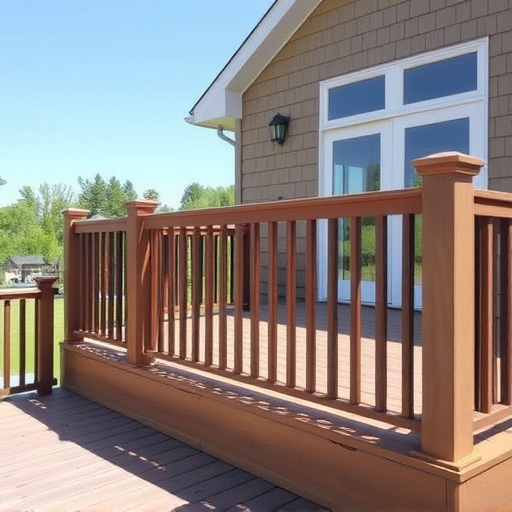
When designing a deck foundation for heavy loads, it’s crucial to lay a solid groundwork that can withstand structural pressure. This begins with proper planning and installation of support structures. Foundation posts or pillars must be strategically placed and securely anchored into the soil to distribute weight evenly. Ensure these elements are robust enough to support the anticipated load, whether from the deck’s structure itself or additional elements like outdoor furniture, lighting fixtures, or even a hot tub.
The support system should also integrate with other essential components such as roofing solutions, siding and gutters, and roofing services. Properly installed joists and beams, connected securely to these support structures, are key to maintaining structural integrity. This comprehensive approach guarantees that your deck not only looks impressive but also stands the test of time, even under heavy loads.
When planning a deck foundation for heavy loads, understanding load requirements, selecting the right foundation type, and ensuring proper support structures are key. By carefully assessing these factors, you can create a sturdy and safe deck that can withstand significant weight, enhancing your outdoor living space’s structural integrity and longevity. Always remember, the right foundation is the cornerstone of any successful deck build.







